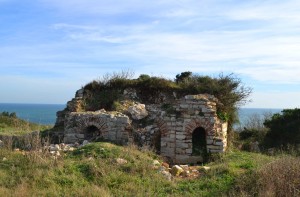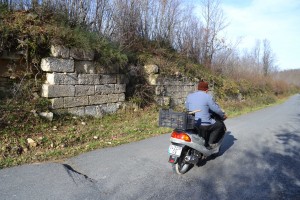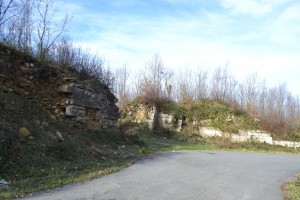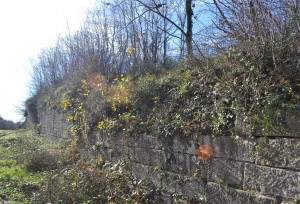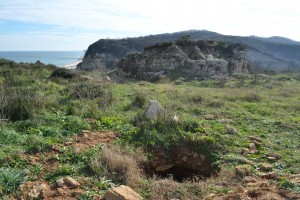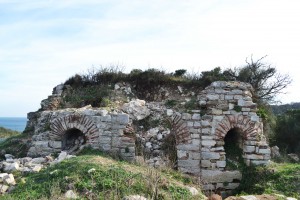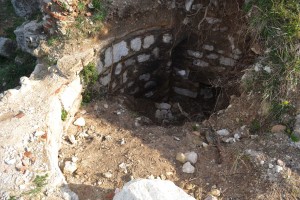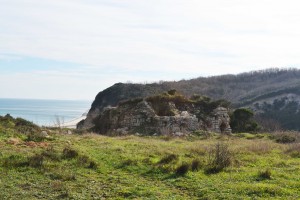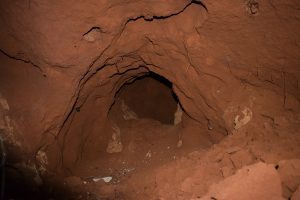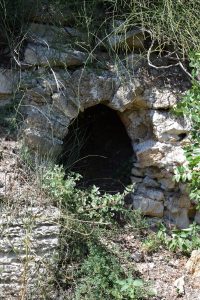Fifty kilometres west of Istanbul is a defensive wall comparable in scale with Hadrian’s Wall. This has become associated with the emperor Anastasius I who strengthened the wall during his reign between 491 and 518 and added some of the flourishes that are visible now.
The wall stretched across Thrace from Evcik on the Black Sea coast to just west of Selymbria (now Silivri) on the Marmara.
In length more akin to the Antonine Wall in Scotland than to Hadrian’s Wall, the 5m high Anastasian Wall had a complexity that seems otherwise unknown in a defensive structure on the European mainland. In the central section, there are the remains of what has become known as the Büyük Bedestan, a Roman-style Castrum 350m in length and 250m wide.
The wall does not appear to have been particularly successful in repelling the Slavs, Bulgars and Huns against whom it was built. The Castrum shows Anastasius’s commitment to keeping a decent garrison manning the wall but later emperors could not provide enough soldiers to realise its defensive capabilities. After the 7th Century, much of the cut stone in the wall had been stolen by the locals and used to build their houses.
The wall has largely disappeared. Parts can still be seen, especially in the northern section towards the Black Sea.
The Church of St George (41.450514, 28.382490) was built just inside the wall above Evcik Iskelesi. It appears to have been constructed in the tenth or eleventh century, long after the wall had fallen into disrepair. Its only connection with the wall may be that the building materials came from it.
The building is a traditional domed three-apse church with a narthex. The roof has collapsed but there is a large amount of stonework remaining, especially underground. Jim Crow and Alessandra Ricci investigated the church from 1995 onward as part of the Anastasian Wall project. The trenches from their excavations allow a view below current ground level down to Byzantine ground zero.
Now we have a lovely, albeit ruined, church overlooking the long, pristine beaches of the Black Sea.
In summer 2017, the church is attracting the attention of treasure hunters. There has been no real structural damage as yet but one substantial tunnel has been dug from the western side into the area of the vaults. It does not look as if this foray has been particularly rewarding.

Categories: Uncategorized | No Comments »
